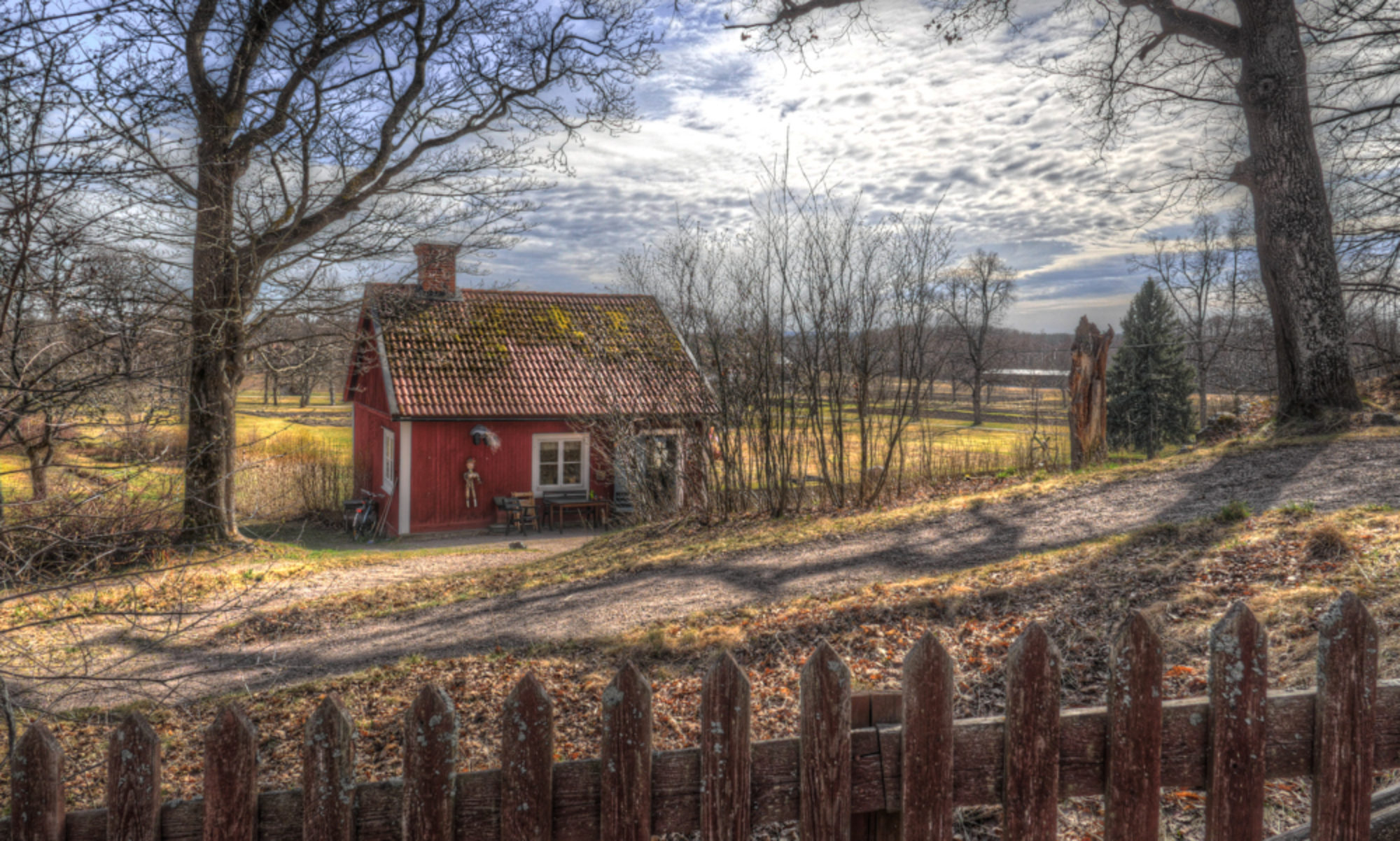It’s odd how the internet can extend your reach. I can buy goods from places I never heard about as a child. I read people’s thoughts from lands I didn’t expect to glean insights from. I see images taken minutes, even seconds, after events extremely remote to me. Beyond all that what still strikes me as the most unbelievable is I have friends on the other side of this planet whom I’ve never actually met.
How that happened is a long and rather boring story. Logic dictates that the underlying reason is that my likability is directly proportional to the distance you are away from me (Overfield’s law). If I lived on the moon the entire world would love me. What all of the people I know overseas have in common is using and collecting that odd throwback I love: fountain pens. Forming a small (but rapidly growing) group centered in metro Manila they meet for food, friendship, and fountain pens (is that the “3 Fs”?) How do I know this? After corresponding with one of the members I started following these gatherings online via Jenny Ortuoste’s blog or photos sent directly to me by people such as Leigh Reyes (blog plug). Now I can supplement that with quite a few picture galleries put up by attendees on Facebook. This happy band calls themselves the Fountain Pen Network-Philippines or FPN-P for short.
The reason I like this group so much (besides the fact that some members will actually put up with me) is their enthusiasm and camaraderie. It always looks fun when they meet at someone’s home, get a room in a tasty looking restaurant, or even take over a whole coffee shop to see pens, talk pens, use pens, and eat (not pens). Often they go out for sightseeing and pen paraphernalia hunts afterward. I’ve been at pen meets that were barely alive by comparison. The people are all ages and from all walks of life including a broadcaster, an award winning novelist/playwright, an advertising executive, professors, business people, creative professionals, writers, students, etc. etc. Certainly it’s a diverse and interesting group of folks. Seeing young people interested in what some think stodgy like fountain pens is rare, but there are some here. I never thought I’d use the term “young people” in a sentence…I am getting old.
This is leading up to my mention of another ritual they have at the meets: raffles. Members bring in items and all are raffled off to attendees for free. Last time they met there were so many items a second round of drawings had to be made. Everyone (or nearly so) seems to come away with a nifty doodad given out of the goodness of another person’s heart. Pens, notebooks, inks, and even panda shaped pens are put into the great redistribution pool. Next month is the meeting that will mark their one year anniversary and the raffle is sure to be bigger and better than ever. Also, odd as it might seem, I’ll be sending a couple things 8,000 miles for it as kind of a thank you for enjoying a bit of the fun remotely and being able to meet so many good people at the same time.
So….all gaze upon RAFFLESTEIN and his trusty helper PENCIGOR!!! (um…at the top of the page.) A more monstrous pair has never been seen in the pen world. I found just enough leftover parts for what may be my last Frankensnork class pen. It’s green, brown, and blue which I think is a nice color combination. The barrel comes from a desk pen since Sheaffer never made a brown pocket pen. Finishing it off is a Palladium-Silver triumph nib (fine) which has the script identification on it I find so charming. Pencigor has a top from a tuckaway pencil contrasting with a generic bottom assembly.

So congratulations to my friends in the other hemisphere on their 1 year anniversary. I hope there are many more. Oh, and whoever wins this owes me some adobo if I ever visit. 🙂








